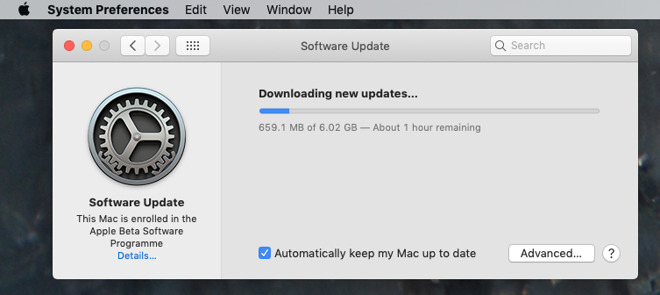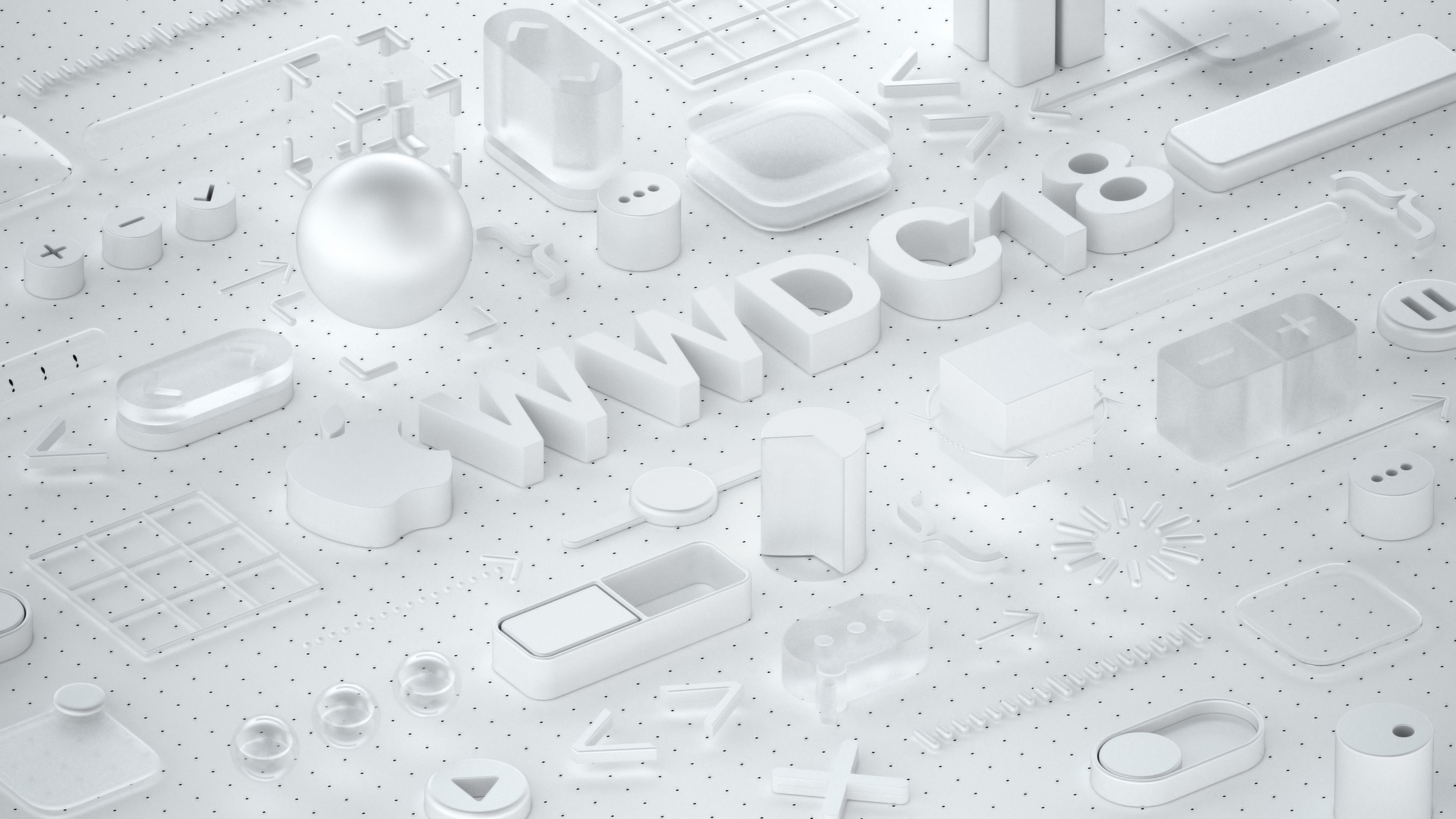- Download Macos Mojave Full Installer
- Macos Mojave Download Free
- Download Macos Mojave 10.14.5 Full Version
- Download Macos High Sierra
- Download Mac Os Mojave Full
- Mac Os Mojave 10.14 Dmg

Jul 24, 2020 If you have already installed macOS Mojave, open the Mac App Store and download and install this version from Updates. Mac OS Mojave Installation with VMware To install macOS 10.14 on a virtual machine using VMware virtualization program, click on the image below to browse our article. Download macOS Mojave Installer. Download macOS Mojave Installer. MacOS Mojave was released to the public on September 24th, 2018. “macOS Mojave is a major update that introduces powerful new features for a wide range of Mac users, from consumers to pros,” said Craig Federighi, Apple’s senior vice president of. In this article, you will get the direct link to Download macOS Mojave 10.14 ISO (Virtual Machine Images). So, macOS Mojave is certainly one of the best operating systems that Apple has released yet. Not only this year’s Operating system is better but also the other products such as the iPhone Xs, XR and X max alongside the iPad Pro are perfect.
Most of the time, you can re-download the current version of macOS via the Mac App Store, and older ones via these links:
However, I’ve run into a situation several times where the Software Update mechanism simply refuses to initiate a download:
Download Macos Mojave Full Installer
Thankfully, macOS installers can be downloaded via Terminal in macOS Catalina. This command will download the most recent version of macOS, depositing it in your Applications folder:
Macos Mojave Download Free
softwareupdate --fetch-full-installer
The softwareupdate command has some neat tricks up its sleeve, as pointed out by Armin Briegel:
The --fetch-full-installer flag has a sub-flag: --full-installer-version which allows you to download a specific version.


During my testing in the Catalina beta version I was able to download 10.15, 10.14.6, 10.14.5, and 10.13.6. I was not able to test if 10.13.6 would download the hardware specific build of 10.13.6 for the 2018 MacBook Pro, since I do not have that hardware.
Download Macos Mojave 10.14.5 Full Version
So, to pull 10.13.6 down, you’d use:
softwareupdate --fetch-full-installer --full-installer-version 10.13.6
I wish Apple would just have a support document up with direct downloads for all of this stuff, but this tool is not a bad alternative.
Update: Don’t miss this documentation from JAMF for more on the subject.
These advanced steps are primarily for system administrators and others who are familiar with the command line. You don't need a bootable installer to upgrade macOS or reinstall macOS, but it can be useful when you want to install on multiple computers without downloading the installer each time.
Download macOS
Find the appropriate download link in the upgrade instructions for each macOS version:
macOS Catalina, macOS Mojave, ormacOS High Sierra
Installers for each of these macOS versions download directly to your Applications folder as an app named Install macOS Catalina, Install macOS Mojave, or Install macOS High Sierra. If the installer opens after downloading, quit it without continuing installation. Important: To get the correct installer, download from a Mac that is using macOS Sierra 10.12.5 or later, or El Capitan 10.11.6. Enterprise administrators, please download from Apple, not a locally hosted software-update server.
OS X El Capitan
El Capitan downloads as a disk image. On a Mac that is compatible with El Capitan, open the disk image and run the installer within, named InstallMacOSX.pkg. It installs an app named Install OS X El Capitan into your Applications folder. You will create the bootable installer from this app, not from the disk image or .pkg installer.
Use the 'createinstallmedia' command in Terminal
- Connect the USB flash drive or other volume that you're using for the bootable installer. Make sure that it has at least 12GB of available storage and is formatted as Mac OS Extended.
- Open Terminal, which is in the Utilities folder of your Applications folder.
- Type or paste one of the following commands in Terminal. These assume that the installer is still in your Applications folder, and MyVolume is the name of the USB flash drive or other volume you're using. If it has a different name, replace
MyVolumein these commands with the name of your volume.
Catalina:*
Mojave:*
High Sierra:*
El Capitan: - Press Return after typing the command.
- When prompted, type your administrator password and press Return again. Terminal doesn't show any characters as you type your password.
- When prompted, type
Yto confirm that you want to erase the volume, then press Return. Terminal shows the progress as the bootable installer is created. - When Terminal says that it's done, the volume will have the same name as the installer you downloaded, such as Install macOS Catalina. You can now quit Terminal and eject the volume.
* If your Mac is using macOS Sierra or earlier, include the --applicationpath argument, similar to the way this argument is used in the command for El Capitan.

Use the bootable installer
After creating the bootable installer, follow these steps to use it:
- Plug the bootable installer into a compatible Mac.
- Use Startup Manager or Startup Disk preferences to select the bootable installer as the startup disk, then start up from it. Your Mac will start up to macOS Recovery.
Learn about selecting a startup disk, including what to do if your Mac doesn't start up from it. - Choose your language, if prompted.
- A bootable installer doesn't download macOS from the Internet, but it does require the Internet to get information specific to your Mac model, such as firmware updates. If you need to connect to a Wi-Fi network, use the Wi-Fi menu in the menu bar.
- Select Install macOS (or Install OS X) from the Utilities window, then click Continue and follow the onscreen instructions.
Learn more
For more information about the createinstallmedia command and the arguments that you can use with it, make sure that the macOS installer is in your Applications folder, then enter this path in Terminal:
Catalina:
Download Macos High Sierra
Mojave:
High Sierra:
Download Mac Os Mojave Full

Mac Os Mojave 10.14 Dmg
El Capitan:
